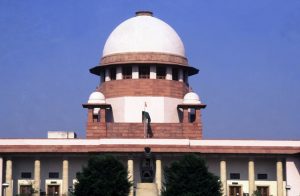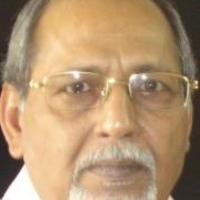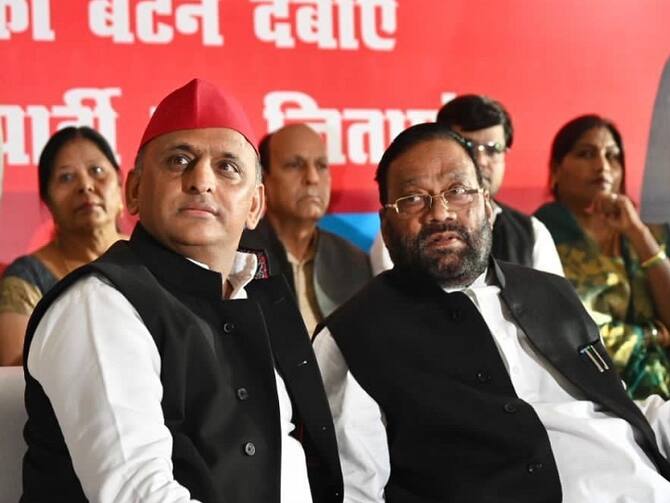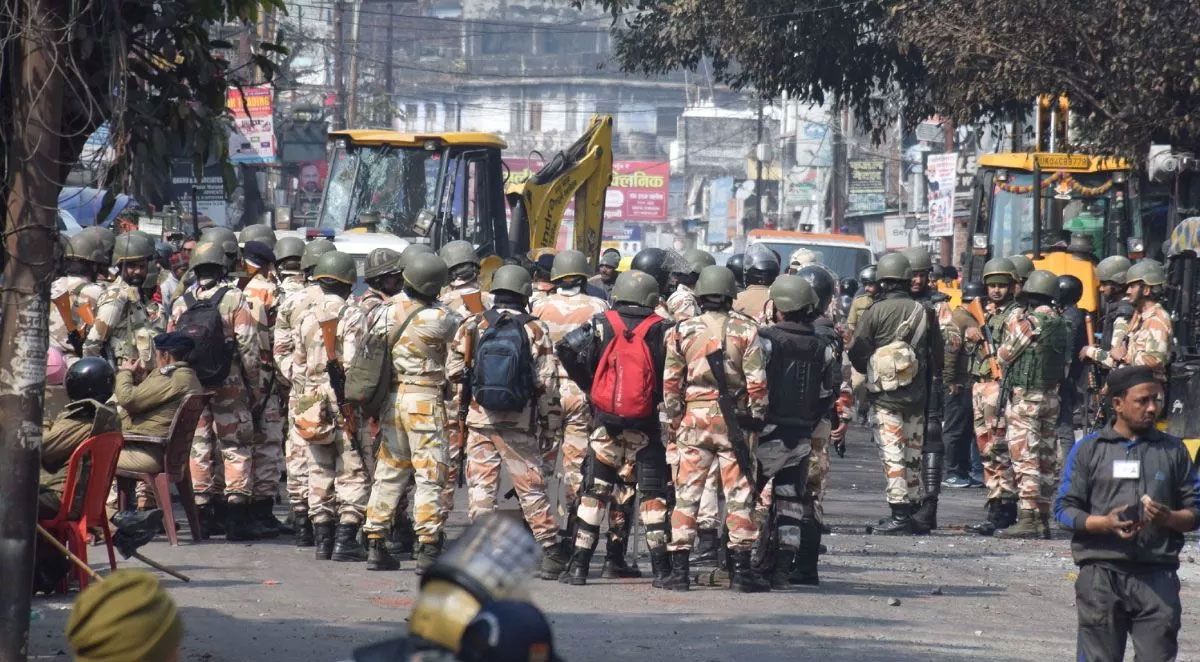The Indian republic has completed 65 years of existence. In these “glorious” 65 years of national history, though, no woman has been able to – or allowed to – occupy the position of the Chief Justice of India (CJI). Given the present situation, no woman can hope to become the CJI at least till August 2022.
It was 40 years after the promulgation of the Indian Constitution that, on 6 October 1989, Fatima Bibi became the first woman judge of the Supreme Court. She retired in 1992. Thereafter, Sujata V. Manohar (1984), Ruma Pal (2000), Gyan Sudha Mishra (2010), Ranjana Prakash Desai (2011) and R. Banumathi (2014) were appointed judges of the apex court. In the past 65 years, of the 219 Supreme Court judges (41 retired CJIs, 150 retired judges and 28 serving judges), only 6 (2.7 per cent) have been women.
Ruma Pal not allowed to become CJI
In the year 2000, the golden jubilee of the Supreme Court was celebrated. On 29 January that year, the CJI A.S. Anand was to administer the oath to three new judges – Doraiswamy Raju, Ruma Pal and Y.K. Sabharwal. For inexplicable reasons – some say owing to the golden jubilee celebrations – the swearing-in day was advanced to 28 January.
 Doraiswamy Raju and Y.K. Sabharwal were sworn in in the morning while Ruma Pal could take the oath only in the evening. That was because she was informed late about the change in the swearing-in date. Raju and Sabharwal had, however, received the information in time.
Doraiswamy Raju and Y.K. Sabharwal were sworn in in the morning while Ruma Pal could take the oath only in the evening. That was because she was informed late about the change in the swearing-in date. Raju and Sabharwal had, however, received the information in time.
On that day itself, it was decided that but for some act of god, Doraiswamy Raju (born 2 July, 1939) would retire in January 2004, and after the retirement of R.C. Lahoti as the CJI on 1 November 2005, Y.K. Sabharwal (born 14 January 1942) would become the CJI and would continue on that post till 13 January 2007. It was also decided that Ruma Pal (born 3 June, 1941) would retire as Supreme Court judge on 2 June 2006.
The delay in informing Ruma Pal about the preponed swearing-in date altered the direction of India’s judicial history. The delay was only a couple of hours, but it could make the daughters of India wait for a couple of decades before one of them becomes the CJI. Whether feminist historians would describe this turn of events only as “coincidence” and “fate” or a “patriarchal conspiracy” is difficult to say.
Women have to prove their “ability”
One shouldn’t be surprised by state of affairs in the Supreme Court when most of the high courts are still awaiting their first woman judge. Anna Chandy became the first woman High Court judge when, on 9 February 1959, she was appointed to the bench of the Kerala High Court. Then there was a long gap before P. Janaki Amma (30 May 1974) and K.K. Usha (1991) became judges – both in the Kerala High Court. Leila Seth was the first woman judge of the Delhi High Court (25 July 1978) and went on to become the first woman chief justice of a high court (Himachal Pradesh in 1991). T. Meena Kumari (Meghalaya, 2013), G. Rohini (Delhi, 2014) and Dr Manjula Chellur (Calcutta, 2014) became the first women chief justices of the respective high courts. Women form just 7 per cent of the total number of judges who have so far been appointed to the 24 high courts of the country. It is often said that one reason for the lesser number of women judges in high courts is that men far outnumber women in the legal profession. Whenever there is a talk of reservation for women in the higher judiciary, even the most liberal legal luminaries start brandishing the “merit-should-be-supreme” argument.
Women on the margins
Equally surprising is the fact that in all these 65 years, the posts of the union law minister (from Bhimrao Ramji Ambedkar to Sadananda Gowda), chairmen of National Law Commission and National Human Rights Commission, the attorney general and solicitor general have been the preserve of men. Sometime ago, Indira Jaising was appointed additional solicitor general amid the clamour for women’s empowerment. But men continued to the rule the roost in positions where decisions are made.
Not only in the bench, but women are on the margins of the bar, too. Women lawyers have been largely ignored in bar associations – the professional bodies of lawyers. All the presidents of the Bar Council of India (From M.C. Setalwad to Manan Kumar Mishra) have been men. In Delhi, the presidents and secretaries of the Delhi High Court Bar Association, Delhi Bar Association (Tees Hazari Court), New Delhi Bar Association (Patiala House), Rohini Bar Association, Shahdara Bar Association, Saket Bar Association and Dwarka Bar Association are all men. The exceptions – which prove the rule – so far have been the elections of Parina Swaroop and Aishwarya Bhati as secretaries of Supreme Court Bar Association and Santosh Mishra as President of New Delhi Bar Association (Patiala House). When this is the state of affairs in the country’s capital, imagine the situation in the other states.
After the first woman lawyer
Here, it would be pertinent to mention that in the case of Ragina Guha, the Calcutta High Court (1916), and in case of Sudhanshu Bala, the Patna High Court (1922), had ruled that “despite holding degrees in law, women were not entitled to become lawyers”. These two historical documents are worth reading. On 24 August 1921, the Allahabad High Court, for the first time, allowed a lady, Cornelia Sorabjee, to plead. This was followed by the promulgation of the Legal Practitioners (Women) Act, 1923, which lifted the ban on women becoming lawyers. Thus, women have not even completed hundred years in the legal profession – that will be celebrated in 2021. Can we hope that by then that there will be no discrimination based on gender in the bar and the bench? Until women are treated with respect in the judiciary, the dream of gender justice will remain unfulfilled. It remains to seen what impact the dismantling of the collegium system has on this state of affairs.
Published in the March 2015 issue of the Forward Press magazine
Forward Press also publishes books on Bahujan issues. Forward Press Books sheds light on the widespread problems as well as the finer aspects of the Bahujan (Dalit, OBC, Adivasi, Nomadic, Pasmanda) community’s literature, culture, society and culture. Contact us for a list of FP Books’ titles and to order. Mobile: +919968527911, Email: info@forwardmagazine.in)





